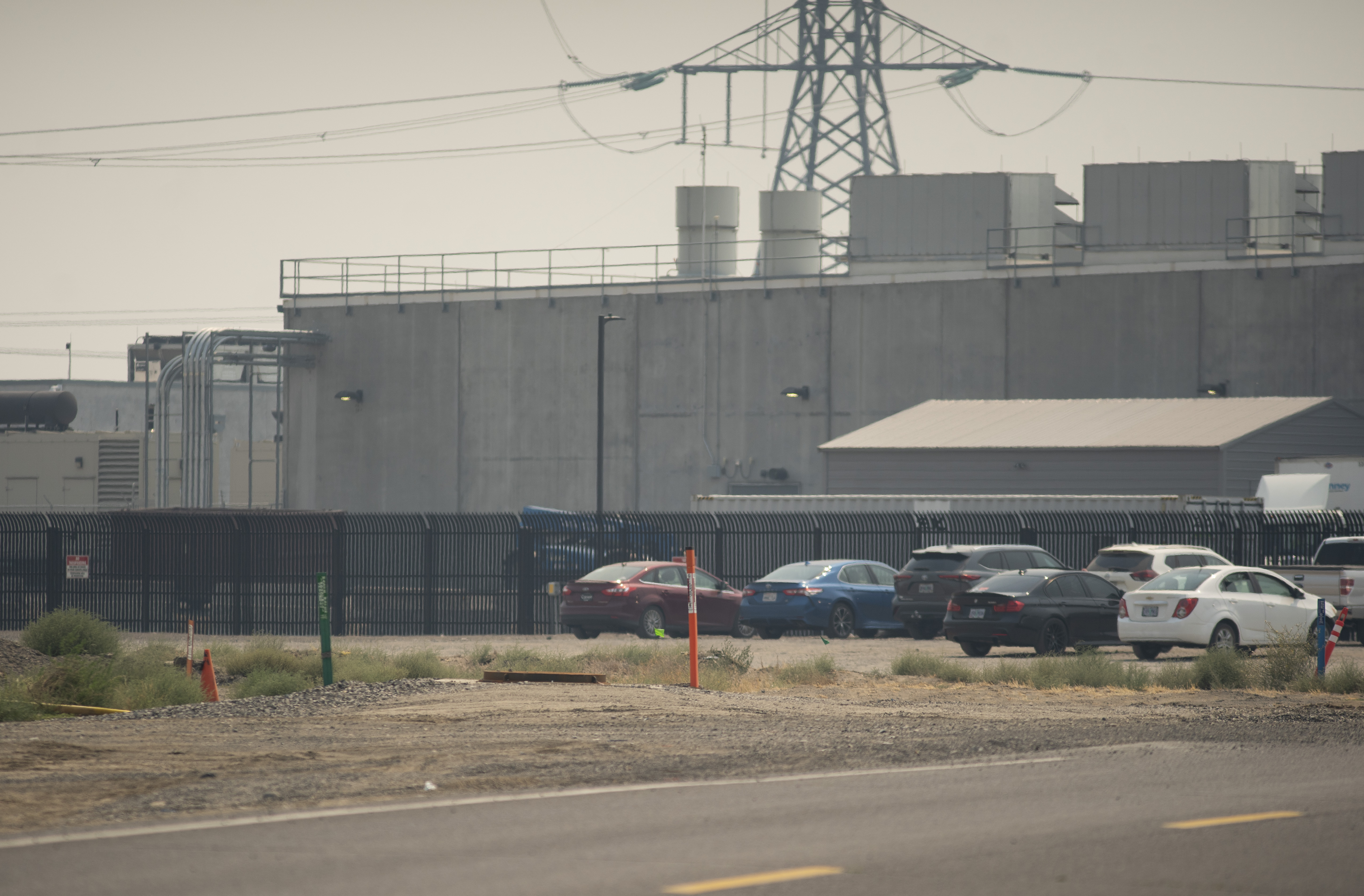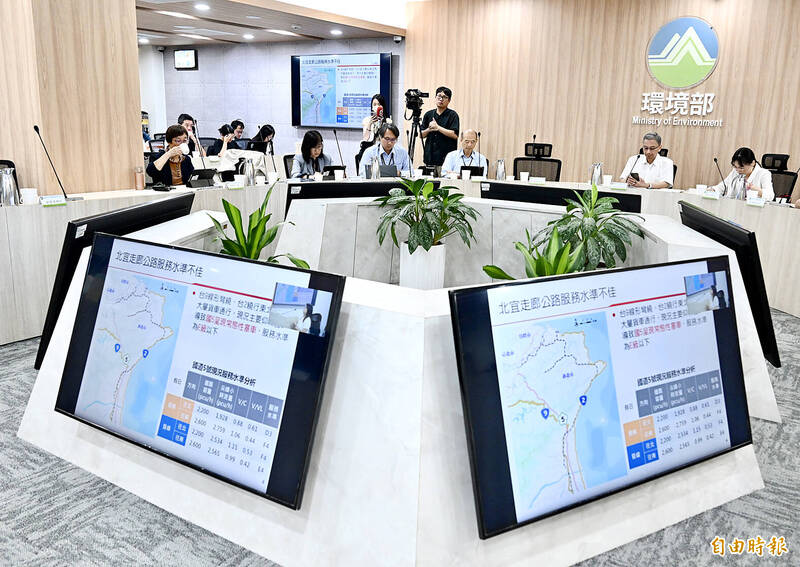Report on Vascular Building Materials and Contribution to Sustainable Development Goals
Introduction: An Innovative Approach to Sustainable Infrastructure
Researchers at Drexel University have developed a novel cement-based material featuring an internal vascular network designed for passive temperature regulation. This innovation directly addresses several United Nations Sustainable Development Goals (SDGs) by targeting the significant energy consumption and environmental impact of modern buildings.
Addressing Global Energy and Climate Challenges
The development is a direct response to the urgent need for climate action and sustainable energy solutions, as outlined in the SDGs. Buildings present a critical challenge to sustainability efforts:
- They account for nearly 40% of all global energy consumption.
- Heating, ventilation, and air conditioning (HVAC) constitute approximately half of a building’s total energy usage.
- Building surfaces, including walls and ceilings, are responsible for an estimated 63% of a structure’s total energy loss.
This research aims to transform building envelopes from sources of energy loss into active components for thermal stability, thereby advancing SDG 7 (Affordable and Clean Energy) and SDG 13 (Climate Action).
Technical Framework and Biomimetic Design
The material’s design is inspired by natural thermoregulatory systems, such as the vascular networks found in the ears of elephants and jackrabbits. The methodology integrates advanced materials science with principles of sustainability.
- Vascular Network Creation: A dissolvable, 3D-printed polymer template is used to create a precise grid of micro-channels within the cementitious material.
- Phase-Change Material (PCM) Integration: The channels are filled with a paraffin-based PCM, a substance that absorbs and releases thermal energy as it transitions between solid and liquid states. For this study, a PCM with a melting point of approximately 18°C was selected to test its effectiveness in colder climates.
- Configuration Testing: Various channel architectures were fabricated and tested for mechanical strength and thermal performance, including parallel, diagonal, and grid patterns.
Performance Analysis and Key Findings
Comprehensive testing revealed significant potential for the material to contribute to energy-efficient building design and support the development of sustainable infrastructure.
- Optimal Design: A diamond-shaped grid of channels provided the most effective balance of structural integrity and thermal regulation.
- Thermal Performance: The optimal sample successfully slowed surface temperature changes to a rate of 1-1.25 degrees Celsius per hour relative to its environment, demonstrating a powerful passive heating and cooling effect.
- Biomimicry Validation: The results confirmed that a larger vasculature surface area improves thermal performance, validating the nature-inspired design principle.
- Enhanced Durability: The addition of a fine aggregate material was shown to improve the material’s mechanical strength without compromising the thermoregulatory function of the PCM.
Direct Contributions to Sustainable Development Goals (SDGs)
This innovation provides a tangible pathway toward achieving key global sustainability targets by fundamentally altering the energy profile of buildings.
- SDG 7: Affordable and Clean Energy: By passively regulating temperature, the material reduces the need for energy-intensive HVAC systems. This promotes energy efficiency and lowers the operational energy burden of buildings, making thermal comfort more affordable and clean.
- SDG 9: Industry, Innovation, and Infrastructure: The research represents a significant advancement in sustainable building materials. It fosters innovation in construction and contributes to the development of resilient, intelligent, and sustainable infrastructure capable of adapting to environmental changes.
- SDG 11: Sustainable Cities and Communities: Widespread adoption of this technology could substantially lower the environmental footprint of urban areas. It supports the creation of energy-efficient housing and commercial buildings, making cities more inclusive, safe, resilient, and sustainable.
- SDG 13: Climate Action: A direct reduction in building energy consumption leads to a proportional decrease in associated greenhouse gas emissions. This technology offers a practical tool to mitigate climate change by tackling a major source of global emissions.
Conclusion and Future Outlook
The proof-of-concept study demonstrates a viable and effective method for producing thermally responsive building materials that can significantly improve energy efficiency. The results are a promising step toward creating buildings that actively contribute to sustainability. Future research will focus on scaling the technology, testing different PCMs tailored for various climates, and conducting long-term performance evaluations. This work has the potential to make a substantial contribution to achieving global sustainability objectives by revolutionizing how buildings are constructed and how they interact with their environment.
Which SDGs are addressed or connected to the issues highlighted in the article?
-
SDG 7: Affordable and Clean Energy
The article directly addresses the high energy consumption of buildings for heating and cooling, which accounts for “nearly 40% of all energy use.” The research aims to create more energy-efficient buildings, which aligns with the goal of promoting clean and affordable energy by reducing overall demand.
-
SDG 9: Industry, Innovation, and Infrastructure
The research represents a significant innovation in building materials and construction technology. It describes the development of a new “thermally responsive building material” by Drexel University’s “Advance Infrastructure Materials (AIM) Lab,” which focuses on making infrastructure more durable and sustainable. This directly relates to upgrading infrastructure and fostering innovation.
-
SDG 11: Sustainable Cities and Communities
The focus of the innovation is on buildings, which are fundamental components of cities and communities. By improving the energy efficiency of buildings, the research contributes to making urban environments more sustainable, reducing their environmental footprint, and improving living conditions.
-
SDG 13: Climate Action
The article explicitly links the high energy demand of buildings to “the production of greenhouse gas.” The development of a material that reduces the need for active heating and cooling is a direct climate change mitigation strategy, aiming to lower the carbon footprint of the construction and housing sectors.
What specific targets under those SDGs can be identified based on the article’s content?
-
SDG 7: Affordable and Clean Energy
- Target 7.3: By 2030, double the global rate of improvement in energy efficiency. The entire purpose of the vascular building material is to “make buildings more energy efficient” and “reduce energy demand from HVAC.” This innovation is a direct contribution to improving energy efficiency.
-
SDG 9: Industry, Innovation, and Infrastructure
- Target 9.4: By 2030, upgrade infrastructure and retrofit industries to make them sustainable, with increased resource-use efficiency and greater adoption of clean and environmentally sound technologies. The article describes a new, environmentally sound technology designed to be integrated into building infrastructure to increase energy efficiency.
- Target 9.5: Enhance scientific research, upgrade the technological capabilities of industrial sectors…encouraging innovation. The article is a showcase of this target in action, detailing a university research project that has resulted in a technological innovation published in a scientific journal.
-
SDG 11: Sustainable Cities and Communities
- Target 11.6: By 2030, reduce the adverse per capita environmental impact of cities. By tackling the energy consumption of buildings, which contributes significantly to greenhouse gas emissions, this innovation helps reduce the overall environmental impact of urban areas.
-
SDG 13: Climate Action
- Target 13.2: Integrate climate change measures into national policies, strategies and planning. This new technology represents a tangible climate change mitigation measure that could be incorporated into building codes, standards, and green construction strategies.
Are there any indicators mentioned or implied in the article that can be used to measure progress towards the identified targets?
-
For Target 7.3 (Energy Efficiency)
- Rate of temperature change: The article explicitly states that the material “slow[s] the heating and cooling of its surface — to 1-1.25 degrees Celsius per hour.” This is a direct, measurable indicator of improved thermal performance, which translates to energy efficiency.
- Reduction in energy consumption: The ultimate goal is to “reduce energy demand from HVAC.” An implied indicator is the measured percentage reduction in energy used for heating and cooling in buildings that incorporate this material compared to conventional buildings.
-
For Target 9.4 & 9.5 (Innovation and Sustainable Infrastructure)
- Publication of research: The article’s publication in the “Journal of Building Engineering” serves as an indicator of scientific research and knowledge sharing.
- Development of new materials: The creation of the “vascular building materials” themselves is an indicator of technological advancement and the adoption of new, environmentally sound technologies.
-
For Target 11.6 & 13.2 (Environmental Impact and Climate Action)
- Reduction in greenhouse gas emissions: The article links building energy use to “the production of greenhouse gas.” A key implied indicator for measuring the success of this technology would be the quantifiable reduction in greenhouse gas emissions from the building sector where it is deployed.
Table of SDGs, Targets, and Indicators
| SDGs | Targets | Indicators |
|---|---|---|
| SDG 7: Affordable and Clean Energy | 7.3: Double the global rate of improvement in energy efficiency. |
|
| SDG 9: Industry, Innovation, and Infrastructure |
9.4: Upgrade infrastructure to make them sustainable and increase resource-use efficiency.
9.5: Enhance scientific research and upgrade technological capabilities. |
|
| SDG 11: Sustainable Cities and Communities | 11.6: Reduce the adverse per capita environmental impact of cities. |
|
| SDG 13: Climate Action | 13.2: Integrate climate change measures into policies and planning. |
|
Source: drexel.edu






